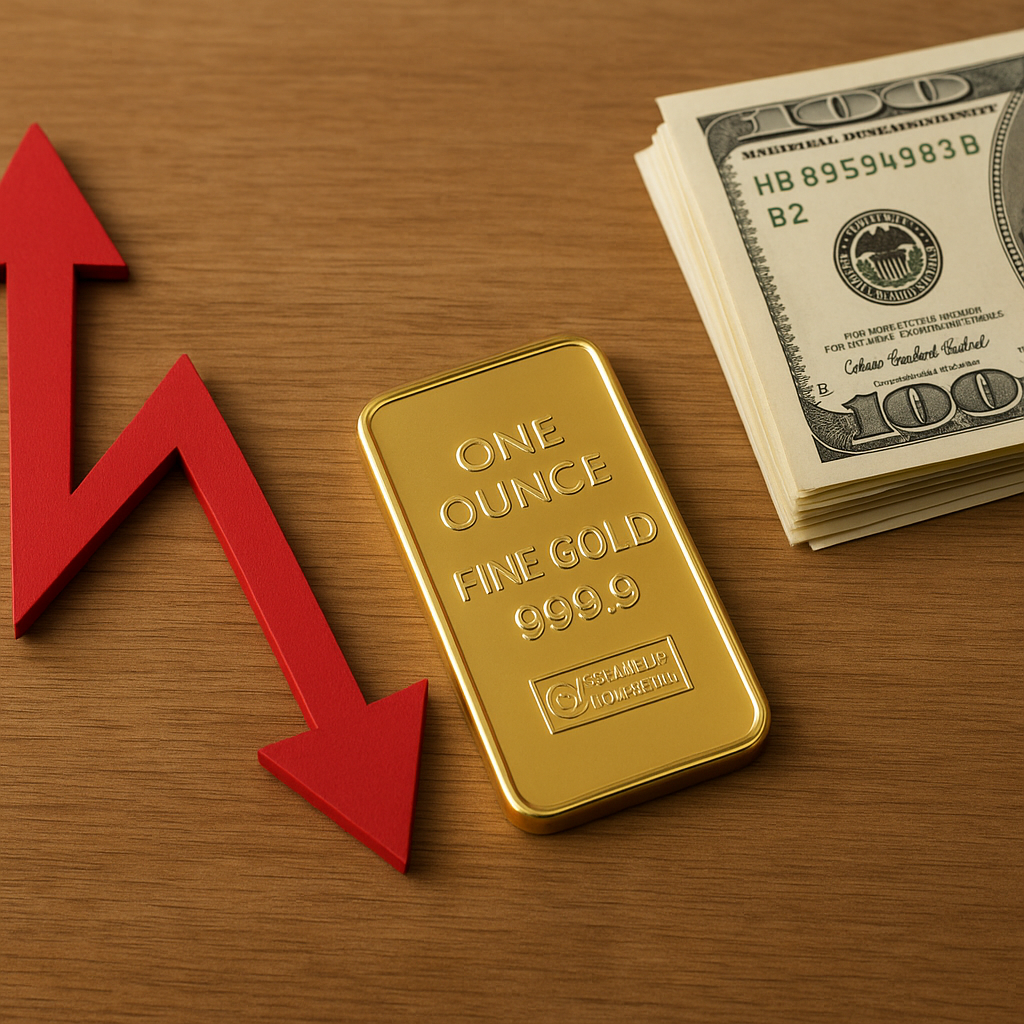In the ever-evolving landscape of investment opportunities, the debate between traditional assets like gold and modern alternatives such as cryptocurrencies has become increasingly prominent. Both gold and cryptocurrencies offer unique advantages and challenges, making the decision of where to invest a complex one. This article delves into the intricacies of both investment options, providing insights into their historical performance, market dynamics, and potential future trends.
Understanding Gold as an Investment
Gold has been a cornerstone of wealth preservation for centuries, revered for its intrinsic value and stability. As a tangible asset, gold is often seen as a safe haven during times of economic uncertainty. Its value is not tied to any specific currency or government, making it a popular choice for investors looking to hedge against inflation and currency devaluation.
Historical Performance of Gold
Historically, gold has demonstrated a consistent ability to retain its value over time. During periods of economic turmoil, such as the 2008 financial crisis, gold prices have typically surged as investors flock to its perceived safety. This historical resilience has cemented gold’s reputation as a reliable store of value.
Moreover, gold’s performance is often inversely correlated with the stock market. When equities experience volatility, gold tends to perform well, providing a counterbalance in diversified investment portfolios. This characteristic makes gold an attractive option for risk-averse investors seeking stability.
Market Dynamics of Gold
The gold market is influenced by a variety of factors, including geopolitical tensions, central bank policies, and global economic conditions. Supply and demand dynamics also play a crucial role in determining gold prices. For instance, increased demand from emerging markets or a decrease in mining output can lead to price fluctuations.
Central banks are significant players in the gold market, often holding large reserves as part of their monetary policy strategies. Their buying and selling activities can have a substantial impact on global gold prices. Additionally, gold’s role in jewelry and technology sectors contributes to its demand, further affecting its market dynamics.
Exploring Cryptocurrency as an Investment
Cryptocurrencies, led by Bitcoin, have emerged as a disruptive force in the financial world. Unlike traditional assets, cryptocurrencies are digital and decentralized, operating on blockchain technology. This innovation has attracted a new generation of investors seeking high returns and technological advancement.
Historical Performance of Cryptocurrencies
The cryptocurrency market is known for its volatility, with prices experiencing dramatic swings over short periods. Bitcoin, the first and most well-known cryptocurrency, has seen its value skyrocket from mere cents to tens of thousands of dollars within a decade. This rapid appreciation has generated significant interest and speculation.
However, the volatile nature of cryptocurrencies also poses risks. Price corrections can be severe, leading to substantial losses for investors who enter the market at peak levels. Despite this, the potential for high returns continues to attract risk-tolerant investors willing to navigate the market’s unpredictability.
Market Dynamics of Cryptocurrencies
The cryptocurrency market is driven by a combination of technological innovation, regulatory developments, and market sentiment. Blockchain technology, which underpins cryptocurrencies, offers decentralized and secure transaction capabilities, appealing to those seeking alternatives to traditional financial systems.
Regulatory changes can significantly impact cryptocurrency prices. Governments worldwide are grappling with how to regulate this new asset class, with policies ranging from outright bans to supportive frameworks. These regulatory shifts can create uncertainty, influencing investor confidence and market stability.
Market sentiment, often fueled by social media and influential figures, plays a crucial role in cryptocurrency price movements. Positive news or endorsements can lead to rapid price increases, while negative developments can trigger sharp declines. This sentiment-driven nature adds an additional layer of complexity to cryptocurrency investing.
Comparing Gold and Cryptocurrency
When considering where to invest, it’s essential to weigh the characteristics of both gold and cryptocurrencies. Gold offers stability and a long history of value retention, making it suitable for conservative investors seeking a hedge against economic uncertainty. Its physical nature and established market provide a sense of security that digital assets may lack.
On the other hand, cryptocurrencies present an opportunity for high returns and participation in a technological revolution. Their decentralized nature and potential for innovation attract investors looking for growth and diversification beyond traditional assets. However, the associated volatility and regulatory uncertainties require careful consideration and risk management.
Risk and Reward
Gold’s risk profile is generally lower than that of cryptocurrencies. Its historical performance and established market dynamics provide a level of predictability that appeals to risk-averse investors. While gold may not offer the same explosive growth potential as cryptocurrencies, its stability can be a valuable asset in a diversified portfolio.
Cryptocurrencies, with their potential for significant returns, come with higher risk. The market’s volatility and susceptibility to external influences require investors to be vigilant and adaptable. Those willing to embrace this risk may find substantial rewards, but it’s crucial to approach cryptocurrency investing with a clear strategy and risk tolerance.
Future Outlook
The future of gold and cryptocurrencies as investment options is subject to ongoing developments in the global economy and technological landscape. Gold is likely to maintain its status as a safe haven asset, particularly in times of economic uncertainty. Its role in central bank reserves and industrial applications will continue to support its demand.
Cryptocurrencies, meanwhile, are poised for further evolution. As blockchain technology matures and regulatory frameworks become clearer, cryptocurrencies may gain broader acceptance and integration into mainstream financial systems. This potential for growth and innovation makes them an intriguing option for forward-thinking investors.
Conclusion
Ultimately, the decision of whether to invest in gold or cryptocurrencies depends on individual investment goals, risk tolerance, and market outlook. Gold offers stability and a proven track record, while cryptocurrencies provide opportunities for high returns and technological advancement. A balanced approach, considering both assets’ unique attributes, may offer the best of both worlds, allowing investors to navigate the complexities of the modern investment landscape.












